
There are plenty of frustrating moments on the golf course. For players, when a drive lands in a water hazard, a green is misread, or a heavy rainstorm hits in the middle of a great round can all send them over the edge. For golf course supers, when equipment breaks down right before a major tournament, a greens committee micromanages your work, or turf that just won’t cooperate are examples of the frustration we face every day. Like everything in life, some things are out of a manager’s control and it comes with the job. But other problems, like spring dead spot popping up, are manageable.
 For golf course superintendents, the number one priority is to provide golfers with the best possible playing conditions. And as we all well know, that is no easy feat especially when it comes to turf management. Your course’s irrigation system plays a huge part in that. The challenge lies in the fact that it is probably the most expensive investment on a golf course but it can have the biggest impact. When considering making upgrades to your course’s irrigation system, it’s important to understand what’s really involved. Here’s a glimpse at the reality.
For golf course superintendents, the number one priority is to provide golfers with the best possible playing conditions. And as we all well know, that is no easy feat especially when it comes to turf management. Your course’s irrigation system plays a huge part in that. The challenge lies in the fact that it is probably the most expensive investment on a golf course but it can have the biggest impact. When considering making upgrades to your course’s irrigation system, it’s important to understand what’s really involved. Here’s a glimpse at the reality.




 There are plenty of frustrating moments on the golf course. For players, when a drive lands in a water hazard, a green is misread, or a heavy rainstorm hits in the middle of a great round can all send them over the edge. For golf course supers, when equipment breaks down right before a major tournament, a greens committee micromanages your work, or turf that just won’t cooperate are examples of the frustration we face every day. Like everything in life, some things are out of a manager’s control and it comes with the job. But other problems, like spring dead spot popping up, are manageable.
There are plenty of frustrating moments on the golf course. For players, when a drive lands in a water hazard, a green is misread, or a heavy rainstorm hits in the middle of a great round can all send them over the edge. For golf course supers, when equipment breaks down right before a major tournament, a greens committee micromanages your work, or turf that just won’t cooperate are examples of the frustration we face every day. Like everything in life, some things are out of a manager’s control and it comes with the job. But other problems, like spring dead spot popping up, are manageable. 
 We're approaching that time of year when the golfers are getting twitchy. It's up to you - seasoned course superintendent - to stay strong in the face of pressure and not let those polo-shirted pushers force you to open a course before the time is right.
We're approaching that time of year when the golfers are getting twitchy. It's up to you - seasoned course superintendent - to stay strong in the face of pressure and not let those polo-shirted pushers force you to open a course before the time is right.
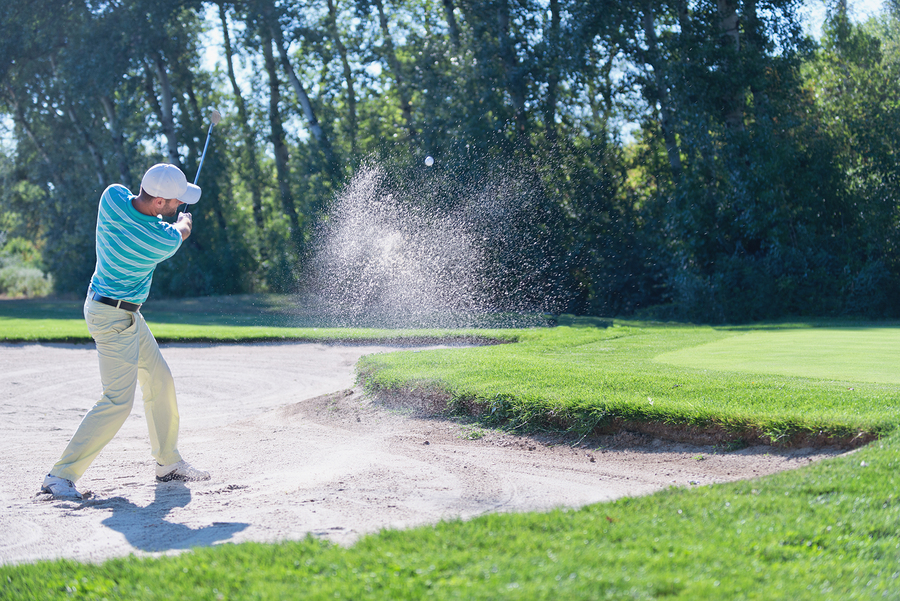
 No one likes a sand trap. Golfers hate it when they see their beautifully hit shot land in a bunker and course superintendents despise maintaining them. But there’s no getting away from them. As we all know, they’re a key component of any golf course to give players a challenge, plus it adds to the aesthetics of each hole. So to keep your bunkers looking beautiful (and your members as happy as they can be on the beach), they should be regularly maintained and, eventually, rebuilt or renovated.
No one likes a sand trap. Golfers hate it when they see their beautifully hit shot land in a bunker and course superintendents despise maintaining them. But there’s no getting away from them. As we all know, they’re a key component of any golf course to give players a challenge, plus it adds to the aesthetics of each hole. So to keep your bunkers looking beautiful (and your members as happy as they can be on the beach), they should be regularly maintained and, eventually, rebuilt or renovated. 
 Golf Course Superintendents aim to create an amazing experience on the course, with lush greens, pristine sand traps, and healthy soil for better landscaping. But a common hurdle many supers face is working within their budget. Many managers have to look at what’s necessary and what’s not, which means cutting costs, like rescheduling aeration, skipping topdressing and scaling back landscaping. It’s hard to do more with less!
Golf Course Superintendents aim to create an amazing experience on the course, with lush greens, pristine sand traps, and healthy soil for better landscaping. But a common hurdle many supers face is working within their budget. Many managers have to look at what’s necessary and what’s not, which means cutting costs, like rescheduling aeration, skipping topdressing and scaling back landscaping. It’s hard to do more with less!

 As a superintendent it can be frustrating to have ideas about how things should be done to make things better and not have that vision shared by the people who make the budget decisions. You’re the boots on the ground and can see what’s happening every day, but these things aren’t always as obvious to the people who are making the financial decisions. Here are some guidelines to help in presenting your proposed budget requests and getting them approved.
As a superintendent it can be frustrating to have ideas about how things should be done to make things better and not have that vision shared by the people who make the budget decisions. You’re the boots on the ground and can see what’s happening every day, but these things aren’t always as obvious to the people who are making the financial decisions. Here are some guidelines to help in presenting your proposed budget requests and getting them approved. 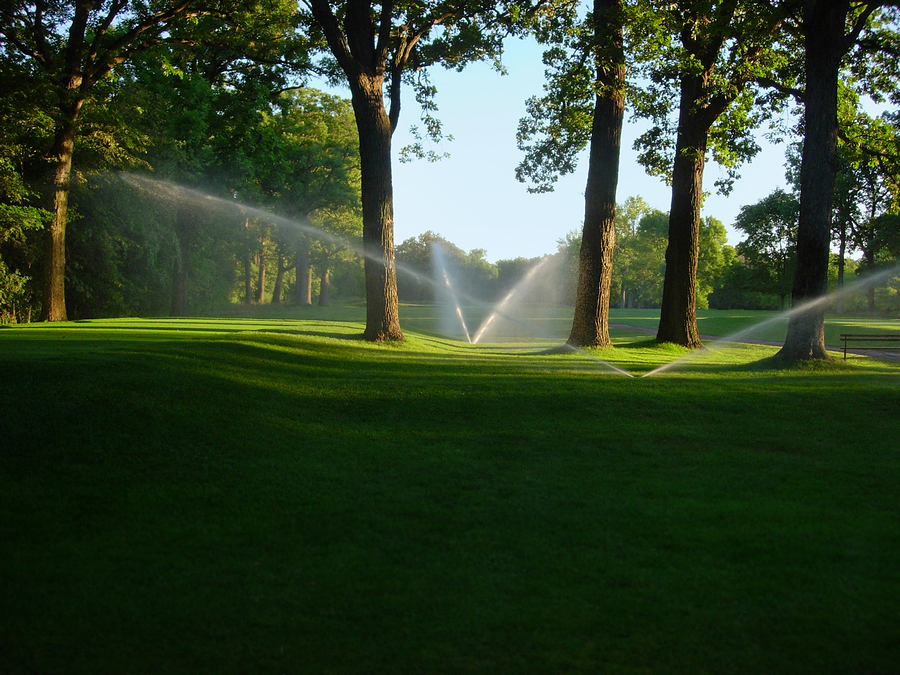
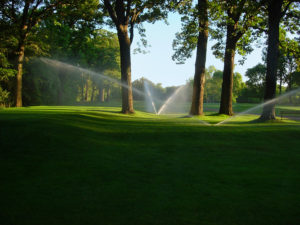 Though we like salt on our food and on snowy streets, one place you don’t want to find high levels of salt is on a golf course green. However, it’s a common golf course enemy due to the increased use of recycled water in recent years. In fact, according to
Though we like salt on our food and on snowy streets, one place you don’t want to find high levels of salt is on a golf course green. However, it’s a common golf course enemy due to the increased use of recycled water in recent years. In fact, according to 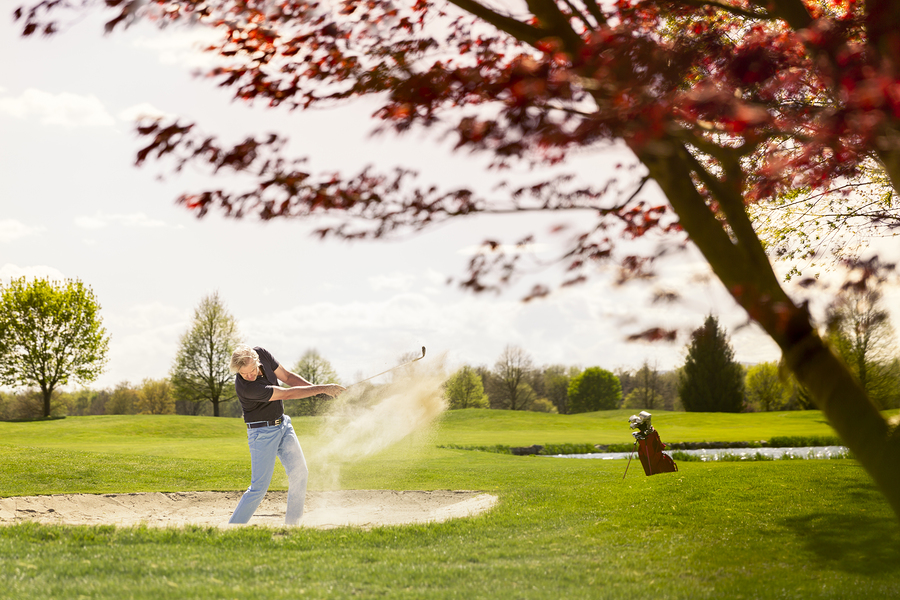
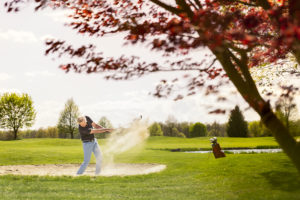 Sand bunkers are considered one of the most frustrating and feared hazards on the course. They exist to test a player’s ability and skill, but for golf course superintendents, they are usually just a headache. In fact, they are generally considered one of the more controversial golf course areas because everyone has an opinion on how it should be cared for, its architecture, and what type of sand should be in it, making it highly subjective and frustrating for those maintaining it.
Sand bunkers are considered one of the most frustrating and feared hazards on the course. They exist to test a player’s ability and skill, but for golf course superintendents, they are usually just a headache. In fact, they are generally considered one of the more controversial golf course areas because everyone has an opinion on how it should be cared for, its architecture, and what type of sand should be in it, making it highly subjective and frustrating for those maintaining it. 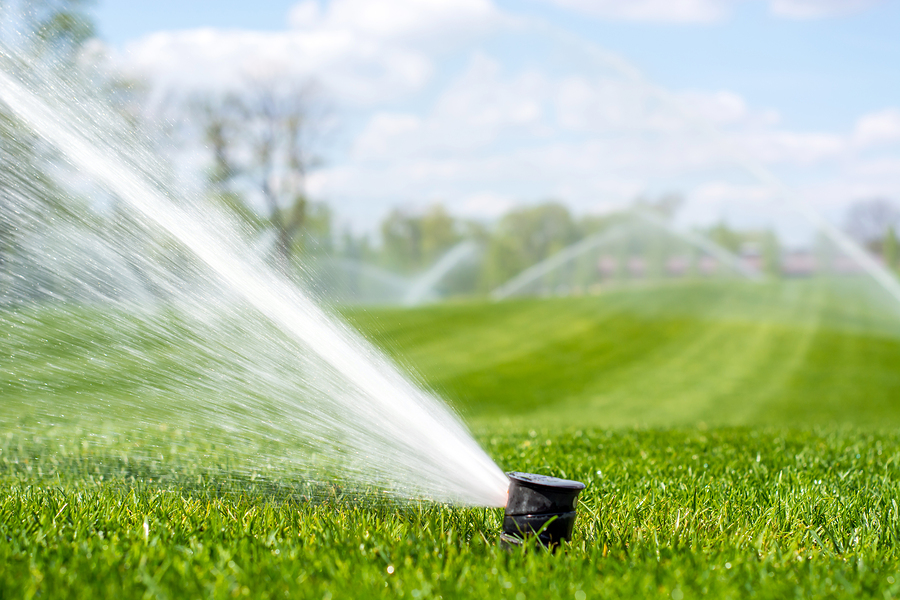
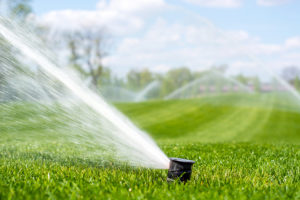 For the turfgrass on a golf course to be healthy and thrive, it needs four standard things: good soil, sunlight, nutrients, and most importantly, water. Having an irrigation system distribute the water evenly and frequently across the course helps managers keep up with that challenge. But when the irrigation sources are varied (which is common on any golf course), it can be tricky to protect the quality of the water. There are many elements that can easily get into it, and then cause costly problems when it’s regularly sprinkled across the grass. Therefore, it’s important for managers to regularly test it to stop any problems before they get started.
For the turfgrass on a golf course to be healthy and thrive, it needs four standard things: good soil, sunlight, nutrients, and most importantly, water. Having an irrigation system distribute the water evenly and frequently across the course helps managers keep up with that challenge. But when the irrigation sources are varied (which is common on any golf course), it can be tricky to protect the quality of the water. There are many elements that can easily get into it, and then cause costly problems when it’s regularly sprinkled across the grass. Therefore, it’s important for managers to regularly test it to stop any problems before they get started. 
 Successful golf course grounds all start with healthy soil. Course managers need to care for it, maintain it, and most definitely, test it. If the nutrients are off in the soil, it can have a waterfall effect, messing with everything on the course. By having it tested, you can cut problems off before they begin by looking at it in depth and making sure it’s balanced. Therefore, it’s important to dig down and understand soil testing.
Successful golf course grounds all start with healthy soil. Course managers need to care for it, maintain it, and most definitely, test it. If the nutrients are off in the soil, it can have a waterfall effect, messing with everything on the course. By having it tested, you can cut problems off before they begin by looking at it in depth and making sure it’s balanced. Therefore, it’s important to dig down and understand soil testing.